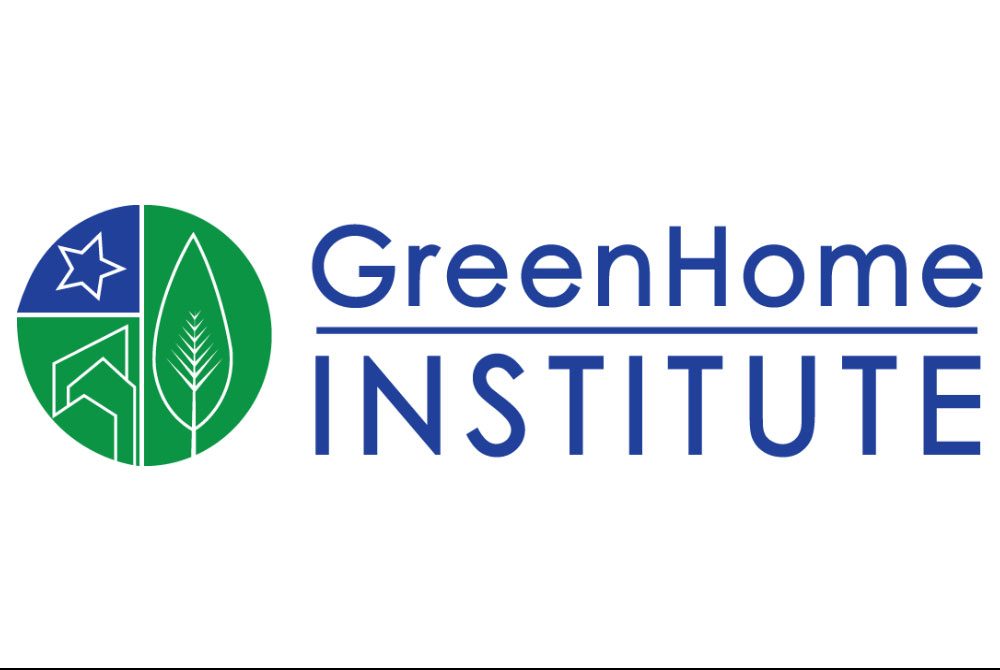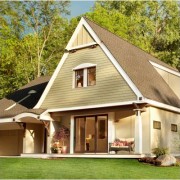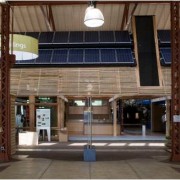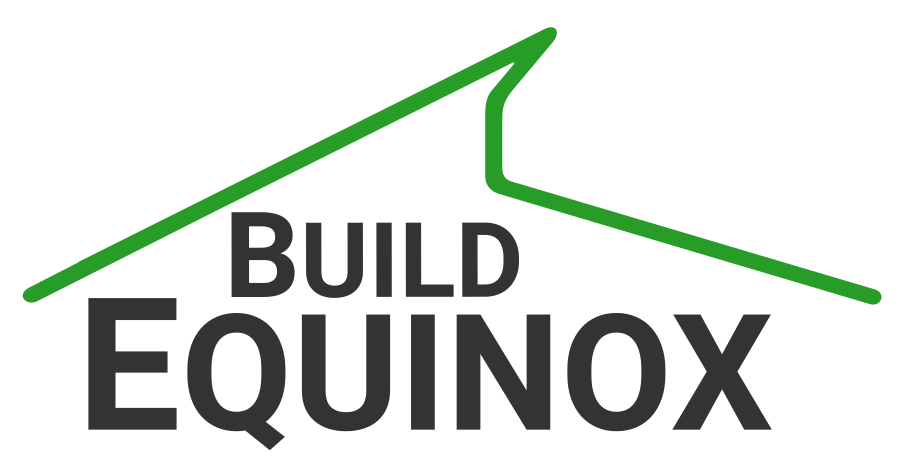The Materials and Resources (MR) credit 2.2 is one of the more challenging areas of LEED for Homes to get a handle on. First of all, the unique aspect in LEED for Homes is that credit is awarded on a building component – by – building component basis. This is significantly different from other versions of LEED. For instance, a project can earn credit just for flooring.
Additionally, there are many options for how a certain building component actually earns credit. Here is an abbreviated adaptation from the Rating System on how MR 2.2 reads:
MR 2.2 Environmentally Preferable Products. Use building component materials that meet one or more of the criteria below. A single component that meets each criterion… can earn points for each.
- Low emissions (0.5 points per component) learn more AND/OR
- Local production (0.5 points per component) within 500 miles AND/OR
- Environmentally preferable products (EPP) (0.5 points per component). Depending on the component, and possible ways of earning EPP credit might include
- Recycled content more than 25%
- FSC-certified lumber (note this is credit, FSC is not a prerequisite)
- Reclaimed material
A missed opportunity for many LEED for Homes projects is that last point, using reclaimed materials. These are products that often come from a deconstruction project on another home. For example, some LEED for Homes projects use reclaimed lumber for interior framing, or reclaimed wood flooring.
The bonus is that most reclaimed material is almost always found within 500 miles – so the project team can earn (2) half-points (or 1 full point) because the material meets points (a) and (c) above. This is a great quick way to double-up points in MR2.2.
Project teams have several sourcing options for reclaimed materials, including local Habitat for Humanity ReStores, as well as the Rebuilding Exchange. Often, these materials are cheaper than if bought new, so using reclaimed materials is a benefit to the LEED scorecard and a benefit to the project budget.
For a nice handout to share with project teams explaining, please download this Materials Reuse in LEED for Homes flyer, created by the ReBuilding Exchange and USGBC Illinois.




